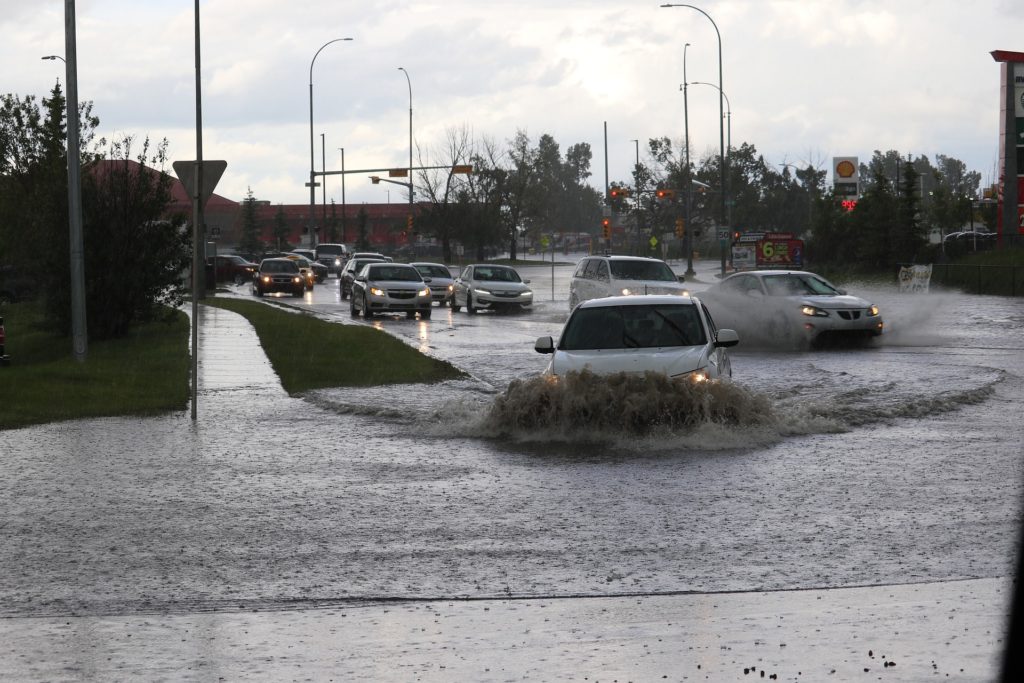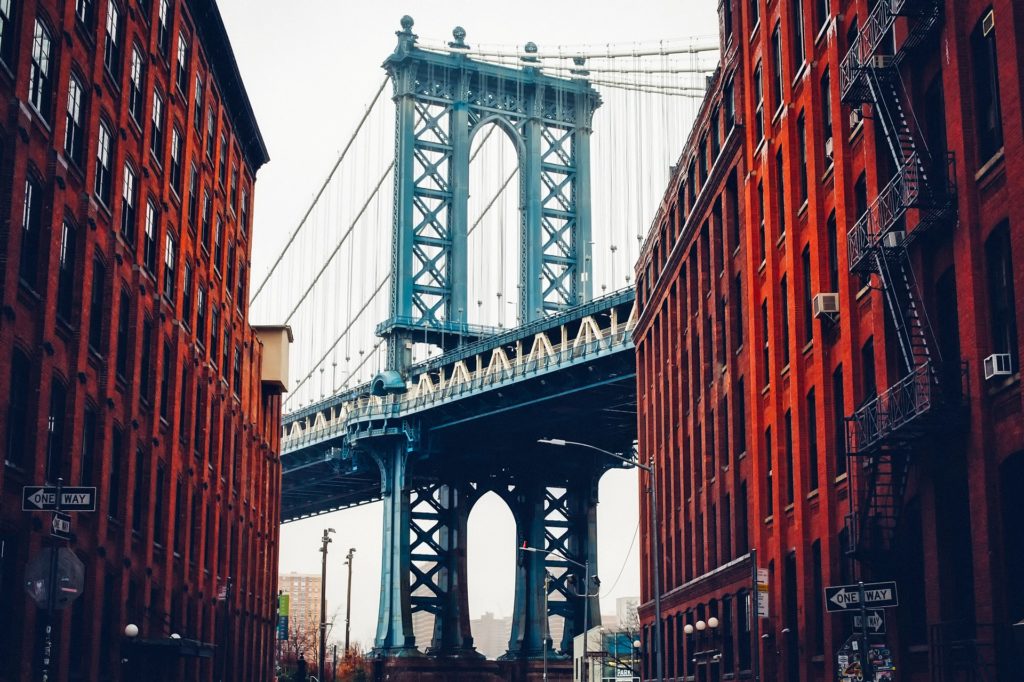
There sure was a lot of talk about this Bill for a long time before anything happened. But on November 15th 2021, the highly anticipated $1.2 Trillion bipartisan Infrastructure Investment and Jobs Act (IIJA) was passed into law with a stroke of President Biden’s pen. It’s the largest federal investment in the nation’s infrastructure in U.S. history. And boy, is it overdue!
The American Society of Civil Engineers assess the state of infrastructure across the country every 4 years. It’s a stringent process, looking at 17 major infrastructure categories, with each awarded a school-style letter grade: A – F. And for nearly 20 years, this report card would have been accidentally lost on the way home from school – with no better than a D grade being awarded until 2021 – when the nation scored a C-. Not much of an improvement, but let’s stay positive. So finally, with the IIJA being passed, there’ll be a healthy injection of money to actually make an impact in this space. Well, in the many spaces which inhabit ‘infrastructure’. As mentioned there are 17 individual categories which get scored, but there must be an understanding that there is constant and integral connections between these categories – in the same way that our Planetary Systems and Boundaries, that is to say all life on and around Earth, are intrinsically connected.
Just this report alone leads one to the conclusion that infrastructure in the US needs one expensive overhaul. But then to put an even finer point on it from a climate standpoint, First Street Foundation recently reported that roughly 1 in 4 critical pieces of infrastructure, like police stations, fire stations, hospitals, airports and wastewater treatment facilities, which number some 36,000, face significant risk of becoming inoperable in flood conditions. In addition, 23% of all road segments (nearly 2 million miles of roads) are at risk of becoming impassable. And 17% (72,000 pieces) of all social infrastructure facilities, like schools, museums and government buildings, face operational risks as a result of flooding. First Street are a non-profit research and technology group working to define the risks which climate change brings to the door of the United States, so they know their stuff. And flooding is both the most frequent and most costly disaster occurring in the US. It’s no surprise then, that flood mitigation and resilience for roads, bridges, buildings, and coastal areas is high on the agenda, with available funds in excess of $10 Billion for FEMA (Federal Emergency Management Agency), NOAA (National Oceanic and Atmospheric Administration) and the Army Corps of Engineers.

The IIJA has been talked up from many perspectives. But climate change mitigation, resilience and adaptation do seem to take the lead. Indeed, Subtitle D, under Division A and Title I, solely relates to Climate Change, and refers to such things as grants for increased EV charging and refueling infrastructure; truck emissions reduction at port facilities; carbon reduction programs from replacing street lights and traffic control devices; or leasing zero emissions construction equipment and vehicles and a congestion relief program, to name only a few of the plans laid out. Make no mistake, reading through these, they are excellent pathways for truly making headway on decarbonizing surface transportation!
But let’s go deeper.
There are genuinely loads of plans within this large and (necessarily) cumbersome document which pave the way for better control of the climate crisis. Here’s a list of some of those which we found most interesting and innovative:
Section 11123 – Wildlife crossing safety ($350 Million in road crossings to improve habitat connectivity)

Section 11521 – Stormwater best management practices reports
Section 11528 – Pollinator friendly practices on roadsides
Section 22105 – Rail restoration and enhancement grants (includes addressing the maintenance backlog and modernizing the system with $66 Billion – the largest investment in passenger rail since Amtrak was born)
Section 30007 – Public transit innovation (including $39 Billion of new investment to modernize the transit portfolio and bring zero emissions options to all, including communities of color)
Section 40207 – Battery processing and manufacturing
Section 40208 – EV battery recycling
Section 40541 – Grants for energy efficiency improvements and renewable energy improvements of public schools
Section 40551 – Weatherization assistance program (that is, implementation of ways to better protect your home from weather)
Section 40804 – Ecosystem restoration
Section 50105 – Reducing lead in drinking water (currently approximately 10 million households and 400,000 schools and childcare centers lack access to safe drinking water)
Section 70402 – Consumer recycling outreach and education

The key highlights have of course been publicized widely, and rightly so. Some are particularly powerful, like reclaiming and restoring abandoned mines; capping orphaned gas and oil mines and building resilient electricity grids (hello Texas) and expanding renewables and clean energy.
There are exciting times afoot for climate resilience and adaptation. Mitigation, however? I really don’t want to be Debbie Downer here, but I feel it should be pointed out that among the mitigation of emissions from transportation and even, dare I say it, that pipedream of largescale carbon capture, one fairly obvious place for mitigation is notably absent: reducing the burning of fossil fuels. The wording around wildfire mitigation seems to simply be code for logging, making way for masses of cash to be paid to the timber industry. And there does seem to be a move to prevent transparent and just environmental reviews and hence decision making.
But – we’ve said it before and we’ll say it again: perfect is the enemy of good, and we must continue to drink optimistically from a glass half-full. While, of course, striving to ever improve. But for right now, this IIJA – we’ll happily take it!



